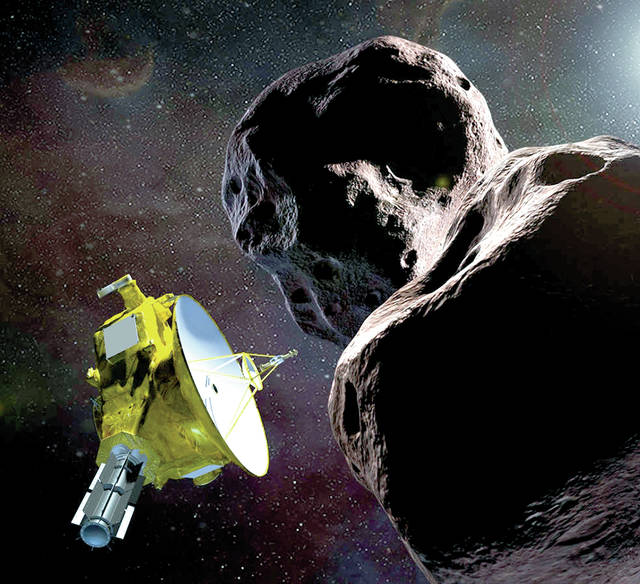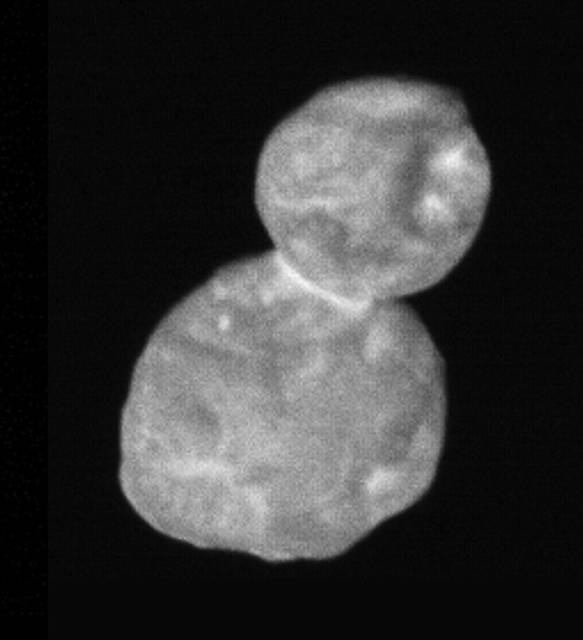earn about the continuing saga of the New Horizons spacecraft and its New Year’s Eve flyby of Ultima Thule, an object 4 billion miles from the sun, during this week’s Maunakea Skies talk series presentation at ‘Imiloa Astronomy Center.
Find out why the flyby was so exciting to astronomers and the public and how it happened in spite of the federal government shutdown.
The presentation is slated for 7 p.m. Friday (Jan. 18) at the astronomy center located at 600 ‘Imiloa Place in Hilo.
General admission is $10 for non-members and $8 for members. Tickets can be pre-purchased at ‘Imiloa’s front desk or by calling 932-8901.
New Horizons is an interplanetary robotic space probe and is part of NASA’s New Frontiers program. Its primary mission was to fill in the gap of the highly successful Voyager and Pioneer missions by visiting the one celestial object in our solar system missed: Pluto.
Launched on Jan. 19, 2006, Pluto was still classified as a planet. It was demoted to a dwarf planet in August 2006 after the discovery of a more massive body, Eris.
The region of space beyond Neptune is thought to contain more than 35,000 similar, small icy bodies. It’s called the Kuiper Belt, in honor of Gerald P Kuiper (who incidentally had an early role promoting Maunakea as a site for observational astronomy), and it is home to three officially recognized dwarf planets: Pluto, Haumea and Makemake.
On July 14, 2015, New Horizons performed a flyby of Pluto and its five moons. After surviving its close 7,800-mile encounter through the Pluto system at nearly 31,000 mph, astronomers searched for other targets that would be within the narrow range of New Horizons’ fuel budget and transmitter power reserve.
Ultima Thule, or 2014 MU69, was discovered by the Hubble Telescope. A successful flyby occurred just at the beginning of this month, and data is still being transmitted and received.
The speaker for this week’s Maunakea Skies talk is John Hamilton, an affiliate faculty member of the Department of Physics and Astronomy who just retired from his full-time teaching position at the University of Hawaii at Hilo. He is the principal investigator for the Mars exploration simulation NASA grant, BASALT (Biologic Analog Science Associated with Lava Terrains), and works on another NASA grant, SUBSEA (Systematic Underwater Biogeochemical Science and Exploration Analog), which explores similarities between Lo‘ihi and the geysers discovered on Saturn’s moon Enceladus.
Hamilton also was directly responsible for the logistics and execution for two NASA In-Situ Resource Utilization field tests operated by the Pacific International Space Center for Exploration Systems at UH-Hilo.
He has received three NASA Group Achievement Awards, along with several NASA Certificates of Appreciation, among other accolades and continuing projects.
For more information, visit www.ImiloaHawaii.org or call 932-8901.




